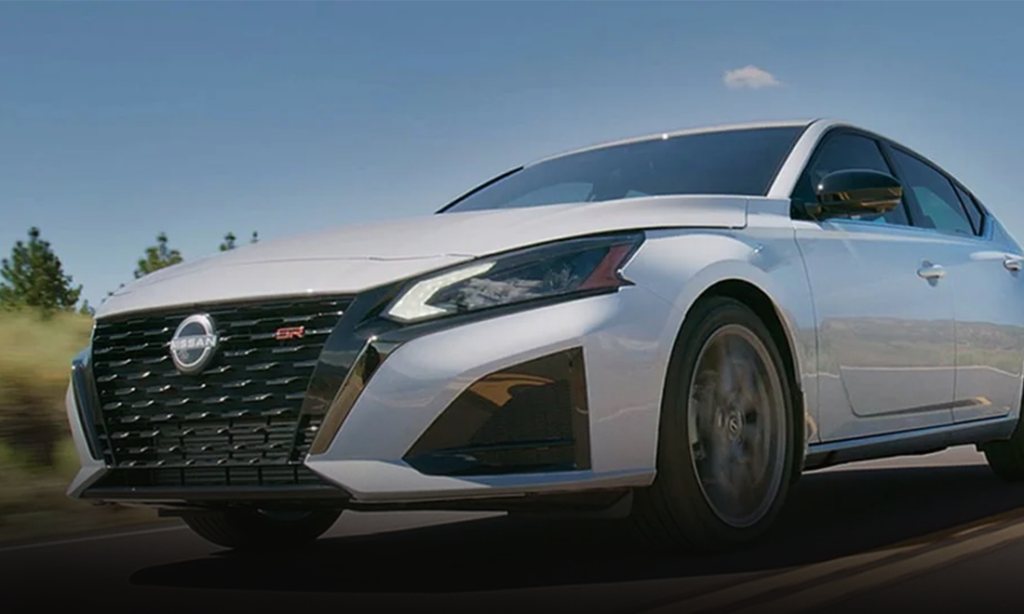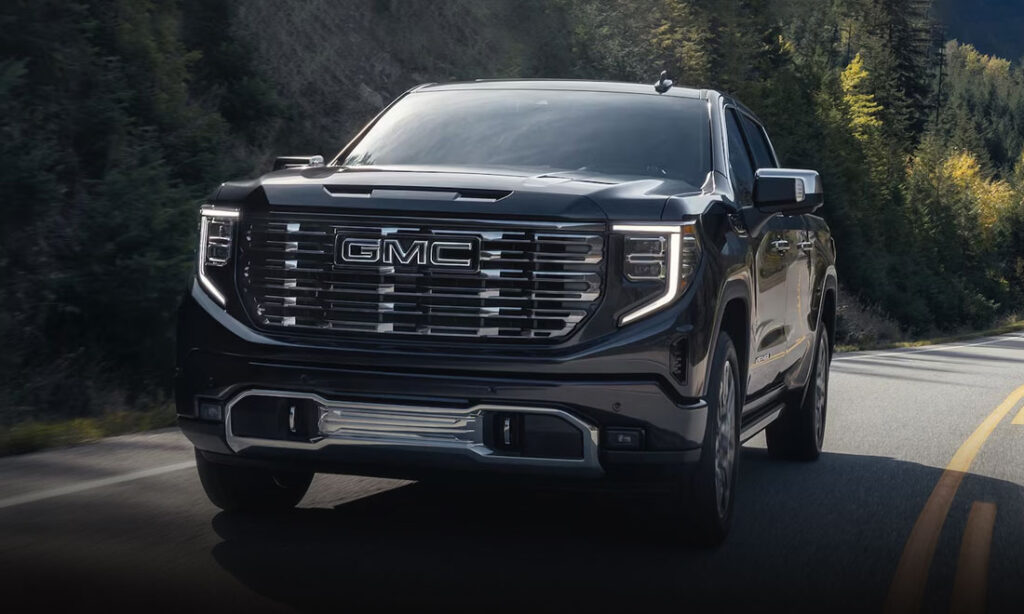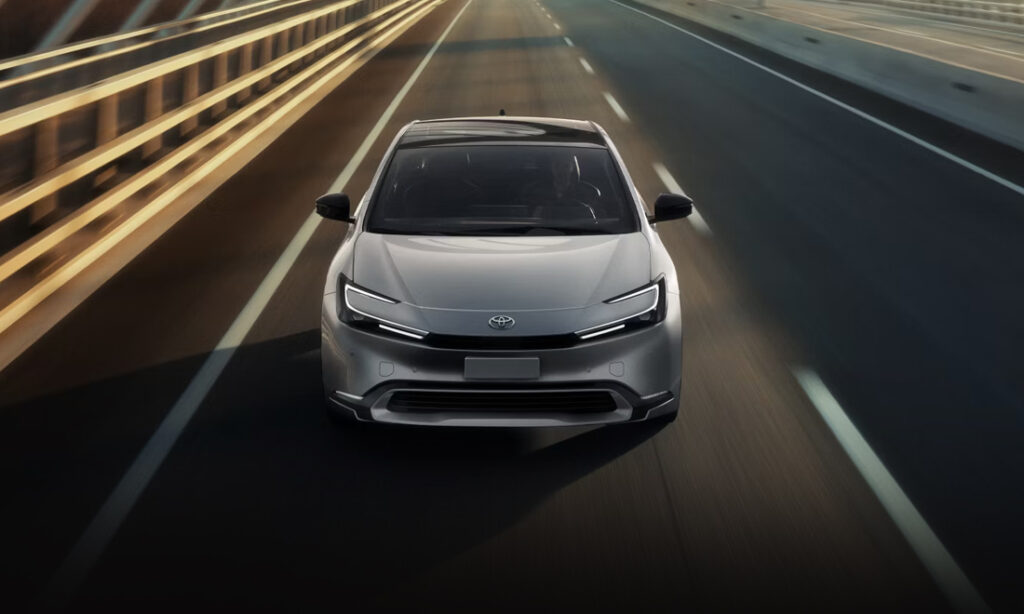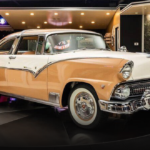Chevrolet El Camino Through the Years
What happens when you mix American muscle with the utility of a truck? Take a trip through the years of the unique street beast that is the Chevrolet El Camino.
More than a car – more than a truck. The Chevrolet El Camino was built tough enough to get chores done on the farm, yet sporty enough to run down the dragstrip and cruise boldly around downtown. In its prime, it wasn’t uncommon in the summer to see an El Camino’s bed full of people on their way to the lake. And then in the fall, seen powering through the field for harvest. The El Camino is a favorite for car enthusiasts and collectors, having identical performance to the Chevy Chevelle, but usually at half the price of that or other muscle cars and trucks from the era. Let’s take a look back through the years of the baddest ute that ever existed – the Chevrolet El Camino.
First Generation (1959 – 1960)

Built in response to the Ford Ranchero, the original Chevrolet El Camino was introduced in 1959 and touted as the “Handiest helper a family ever had!” Based on the 1959 Brookwood station wagon platform, but was available with any drivetrain option corresponding to the car line. The El Camino’s debut run was short lived but showed promise out of the gate.
- The El Camino featured a single trim level with exterior styling of the high-end Chevrolet Bel Air and interior styling of the low-end Chevrolet Biscayne.
- The El Camino’s base came with soft passenger-car suspension that withstood a payload capacity of just 650lbs., though offered optional 1150lbs. rated heavy duty rear springs.
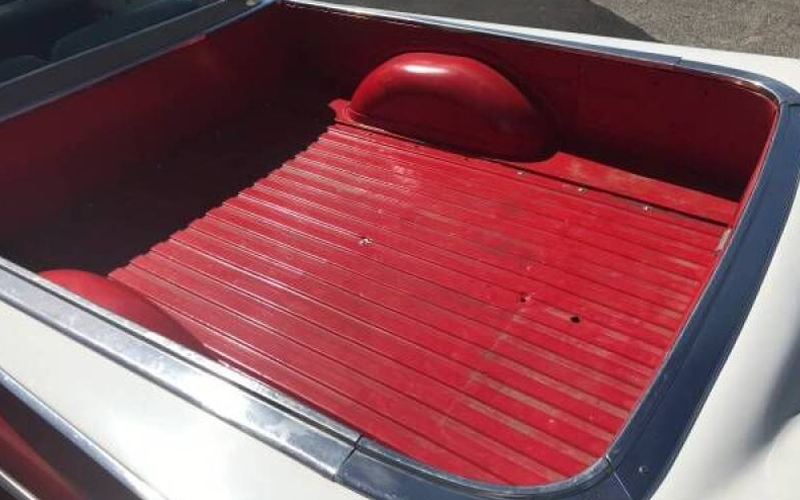
- The ’59 El Camino was the first Chevrolet pickup built with a steel bed floor rather than wood.
- The bed was 33cu. ft. and made of corrugated sheet metal and concealed the original Brookwood floor pan that still included foot wells.
- The first generation El Camino was available with a 235 CID 3.9L straight six, 283 CID 4.6L Turbo-Fire V8, or a 348 CID 5.7L Turbo-Thrust V8 engine. The 348 Big-Block made 335 hp with the triple-two-barrel carburetor.
- Available transmissions were a 3-speed manual, 4-speed manual, or a 2-speed Powerglide automatic.
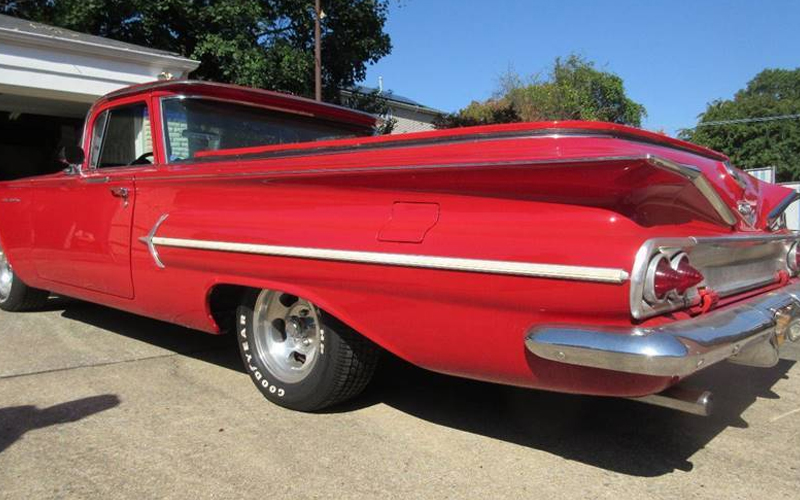
- In 1960, the El Camino would once again feature the same Bel Air exterior molding of that year. Most notably, the ornamental “jet” molding used to accent the rear quarters of the vehicle and the updated grille configuration.
- It outsold the Ford Ranchero its first year, but 1960 was a tougher year for the El Camino, falling short of expectations. It would be placed on a 3-year hiatus after 1960.
Second Generation (1964 – 1967)

Chevrolet introduced an all-new El Camino in 1964. Based on the same platform as the Chevrolet Chevelle wagon, the El Camino was initially reintroduced without powerful engines since it was mainly considered a utility offering for Chevrolet. However, the El Camino would eventually be granted far better engines as the pony car era gained traction.
- Second generation El Caminos featured both “Chevelle” and “El Camino” badging.
- The front of the El Camino was virtually identical to the Chevelle.
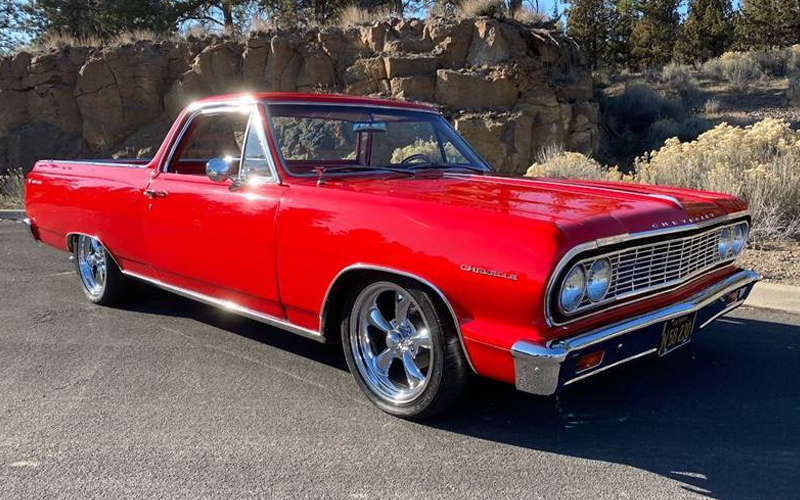
- It featured just two trim levels – the base El Camino, that looked very similar to the Chevelle 300 sans body moldings, and the classier El Camino Custom which featured rocker panel moldings, wheel opening moldings, box moldings, chrome edged windows, and a chrome hood decoration.
- Rear air shocks were made standard to help with load compensation.
- The model once again featured a 3-speed manual, 4-speed manual, or a 2-speed Powerglide automatic as available transmissions.
- The only engines available for the ‘64 El Camino were the 194 CID Turbo-Thrift 3.2L straight six, 230 CID Turbo-Thrift 3.8L straight six, and a 283 CID 4.6L Turbo-Fire Small-Block V8. Although, a 327 CID 5.4L Turbo-Fire Small-Block V8 would be added midway through the year.
- Both of the El Camino’s V8 engines were paired with dual exhausts.
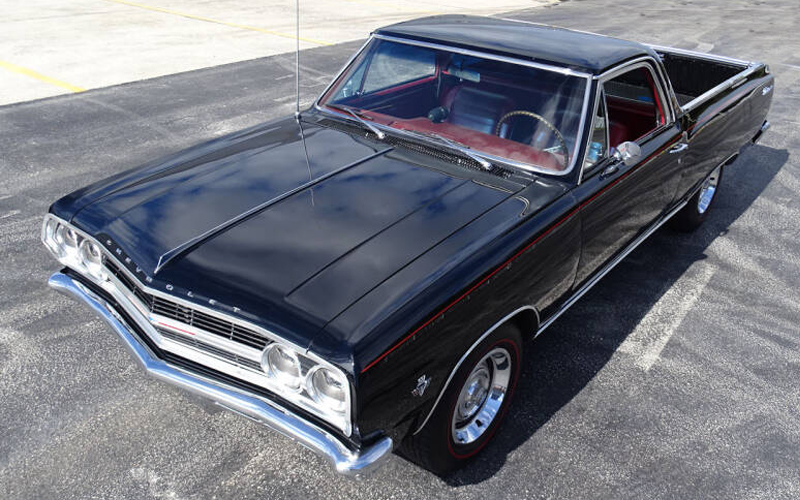
- In 1965, the El Camino received the same V-shaped facelift the Chevelle had gotten as well as its high-performance L79 327 CID 5.4L Small-Block V8 engine that was rated at 350hp. The new engine could run a quarter mile in the low 15s.
- In 1966, Chevrolet upped the available horsepower to 375 with the introduction of the high-performance L78 396 CID 6.5L Big-Block V8. The El Camino could now run a quarter mile in the mid 14s.
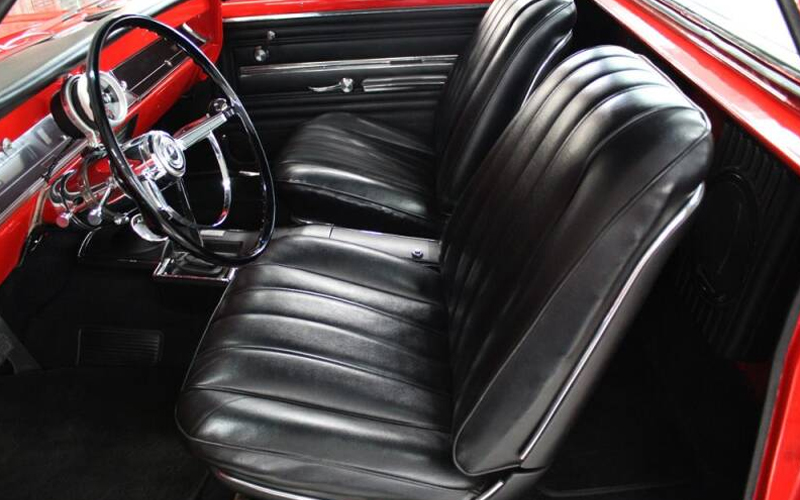
- The ‘66 El Camino Custom was upgraded to similarly match the Chevelle Malibu and offered optional Strato swivel bucket seats with a center console in place of the typical bench seat.
- In 1967, the El Camino once again received an updated front bumper and grille. It also gained a collapsible steering column as well as options of disc brakes and a Turbo Hydramatic 400 3-speed automatic transmission.
Third Generation (1968 – 1972)
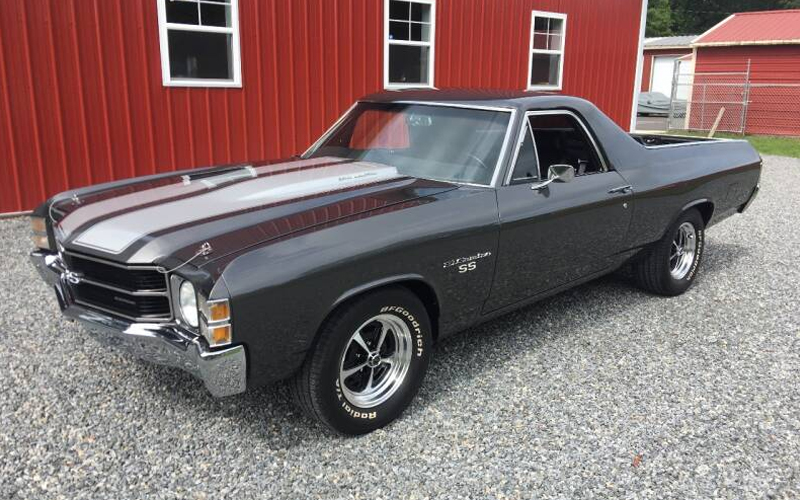
Falling back a bit to its roots, the third generation El Camino was based on a longer Chevelle station wagon/sedan wheelbase. This introduced a longer El Camino with Chevelle Malibu interior and exterior trims. The third generation saw many firsts but would be hit by the same safety and emissions regulations of the 70s that other muscle cars were stifled by.
- The ‘68 El Camino would be the only model to support a square designed instrument panel. Later models featured radial designs.
- The new high-performance Super Sport SS396 version of the El Camino was launched as a separate model in 1968. It carried a 396 CID 6.5L Turbo-Jet V8 engine under a double domed hood. The model prominently displayed the “SS” badging in the center of its blacked-out grille and in the center of the tailgate.
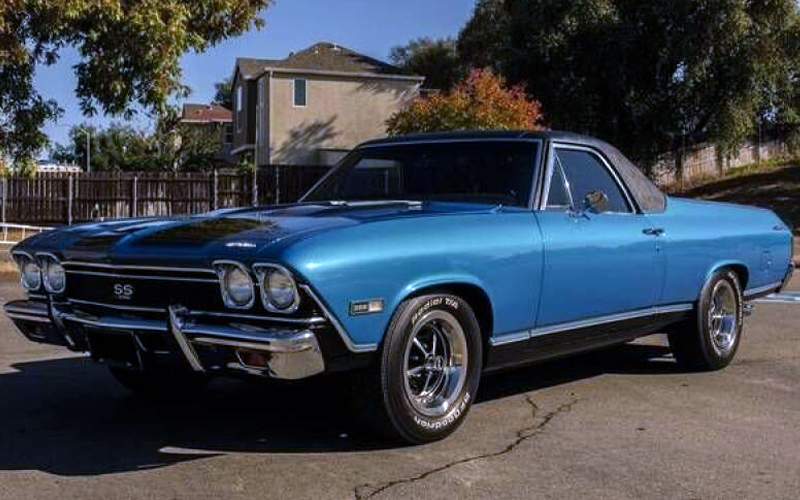
- In 1969, the backup lights were placed on the tailgate, power windows and locks were added to the options list, and the 350 CID 5.7L V8 was used for the first time in an El Camino.
- In 1970, the El Camino would update its design to be boxier and separate the headlights from the grille design that was now two parallel openings.
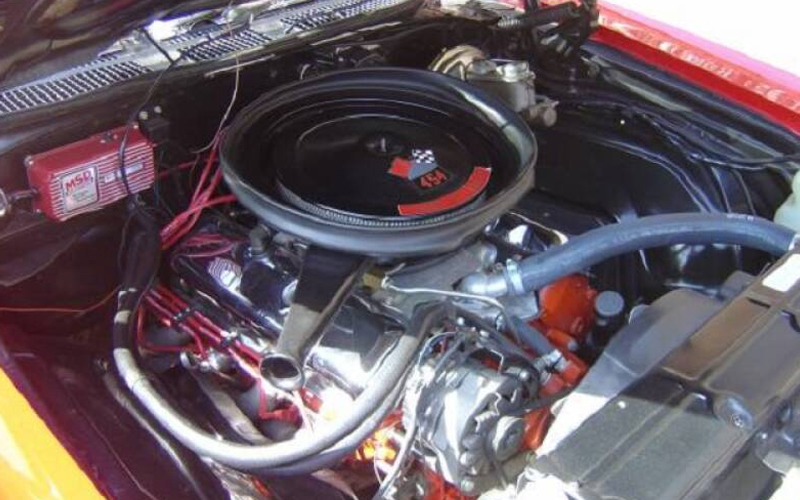
- The LS6 454 CID 7.4L V8 engine was used for the first time in an El Camino in 1970. This would be the largest, most powerful engine placed in an El Camino by Chevrolet, rated at 450 hp and 500 lb.-ft. of torque. The El Camino was able to do a quarter mile in the low 13s, hitting a top speed of around 180 mph.
- In 1971, the El Camino added Power-Beam single-unit headlights and became a cousin to the newly introduced GMC Sprint (later renamed the GMC Caballero). The vehicles would add the GM A.I.R. System to control emissions that year, as well as a reduction in engine compression as lower-octane fuel, was mandated.
Fourth Generation (1973–1977)

The largest El Caminos fall in the fourth generation and get a significant facelift and redesign. 1973’s oil crisis would have a big impact on the midsize category going forward, and because the El Camino shared so much with the Chevelle, it too would feel the effects.
- The base model and SS options continued to match the Chevelle line, and in 1974, the El Camino Classic was introduced, matching the styling of the upscale Malibu Classic.
- The fourth-generation design incorporated an energy-absorbing hydraulic front bumper system that added more weigh to the vehicle.
- The El Camino’s distinctive pointed grille design was flattened out, the A-pillars were made thinner, helping visibility, and the taillights were added into the rear bumper.
- Available transmissions were stripped down to a 3-speed manual, 4-speed manual, or 3-speed Turbo-Hydramatic automatic.

- The ‘75 El Camino added an optional Econominder instrument package that included a vacuum gauge to show when peak fuel economy was being attained.
- The ‘75 El Camino would also introduce a 250 CID 4.1L I6 engine as a base option, while the 454 was downgraded and wouldn’t return the following year.
- In 1976, a quad square headlight design was introduced, and the 3-speed manual transmission was only available with the I6 engine. All other engine configurations received the 3-speed Turbo-Hydramatic automatic by default.
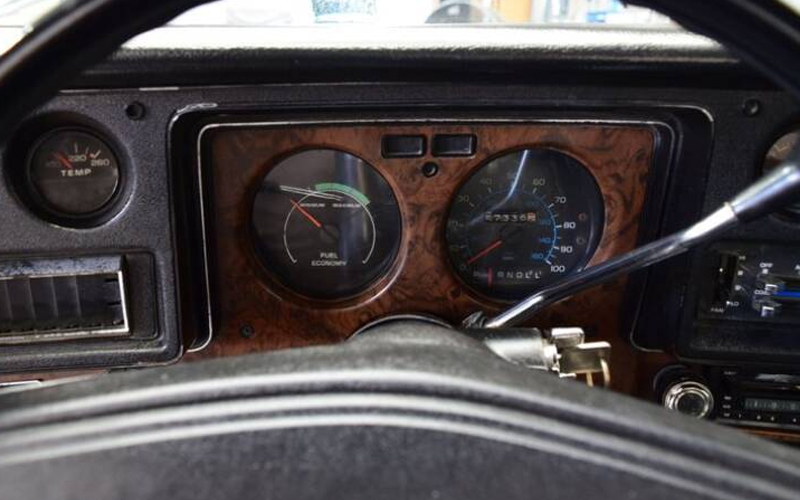
- In 1974, El Caminos gained an elongated Mercedes-esque grille. Inside, the El Camino Classic featured luxurious interiors with notchback bench seats or the optional Strato bucket seats upholstered in cloth or vinyl, carpeted door panels and woodgrain instrument panel trim.
- The ‘74 El Camino was the first to offer the 350 CID 5.7L V8 as the base engine with the new 400 CID 6.6L V8 and the top end 454 CID 7.4L V8 as options.
- 1975 marked the end of the muscle in the El Camino. While it managed to hold out a little longer than its car counterparts, new SAE net ratings standards and trends toward more fuel-efficient cars ended the muscle car era.
- 1976 also saw another cousin to the El Camino, although a very limited one. The Cadillac Mirage was a luxury ute for the customer that wanted the capability of the El Camino, but didn’t want to be seen in one.
Fifth Generation (1978 – 1988*)

For the first time, the El Camino had a unique chassis, not shared with any other Chevrolet. It would share a front-end, rear tailgate, and bumper with the Malibu station wagon along with sporting doors from the Monte Carlo. This was the final iteration in the El Camino’s lifespan due to dwindling sales and lessened public interest.
- Fifth generation El Caminos featured a shortened bed, shorter body construction, and an updated Malibu-inspired front with single headlights.
- The Classic, Royal Knight and Conquista trims added more customization for the consumer beginning in 1978.
- For the first time, a V6 engine and a diesel were put into an El Camino. The Chevrolet 200 CID 3.3L V6 was the new base offering (except in California where Buick 23l CID 3.8L V6 was used to meet emissions standards) and the Oldsmobile diesel 350 CID 5.7L V8 was optional.
- 1979 was the last year for the 350 CID 5.7L V8 option. Going forward, a new 267 CID 4.4L V8 and the 305 CID 5.0L V8 were the biggest engines.
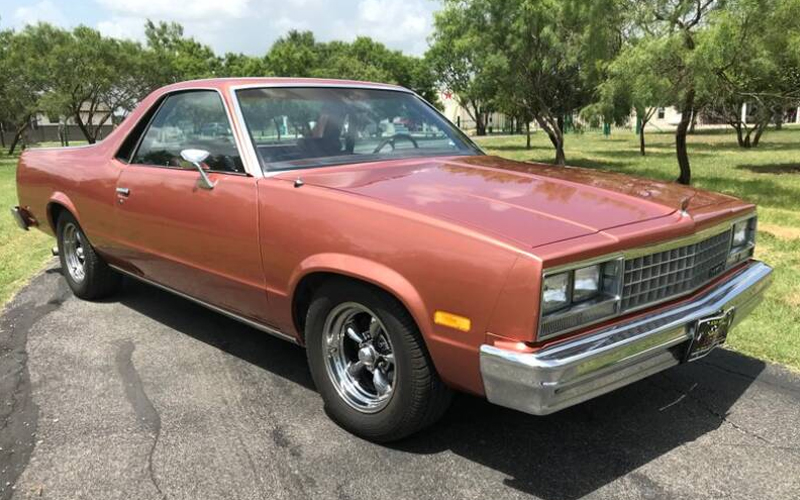
- In 1982, the El Camino was updated with a crosshatch grille surrounded by quad rectangular headlights.
- The El Camino SS was offered as a conversion by a Chevrolet affiliate from 1983-1987. It included the aerodynamic front end similar to the Monte Carlo SS but did not receive the L69 engine package.
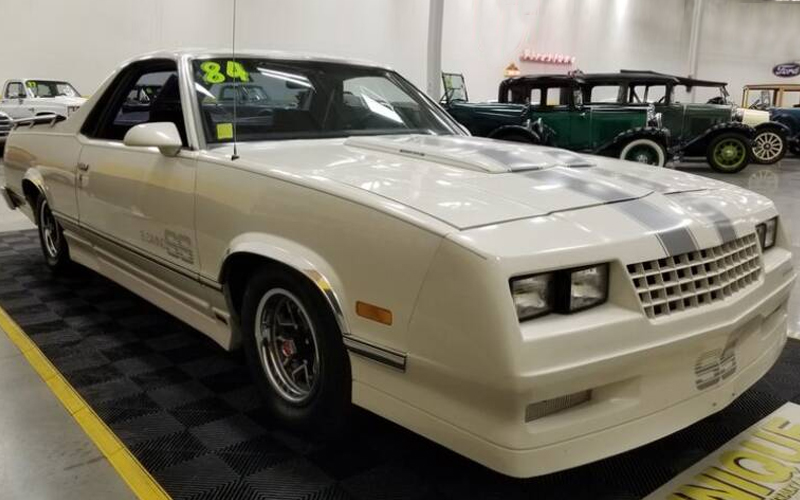
- El Camino production moved to Mexico in 1985. 262 cu in, 4.3 L V6 engines became standard through 1987.
- The final El Caminos were 1987 models, although there have been tales of mythical 1988s due to some confusion around deliveries taking place in the 1988 calendar year. However, GM confirmed that no 1988 El Caminos were produced.
Next Generation

Rumors have been circulating for years about the return of the Chevrolet El Camino. GM has produced at least two concepts since 1987, and to add to the speculation, GM renewed the “El Camino” trademark in 2012.
- The 1992 concept was based on the Chevrolet Lumina Z34.
- In 1995, another concept rolled out based on the Caprice station wagon. However, the platform was discontinued and the concept shelved.
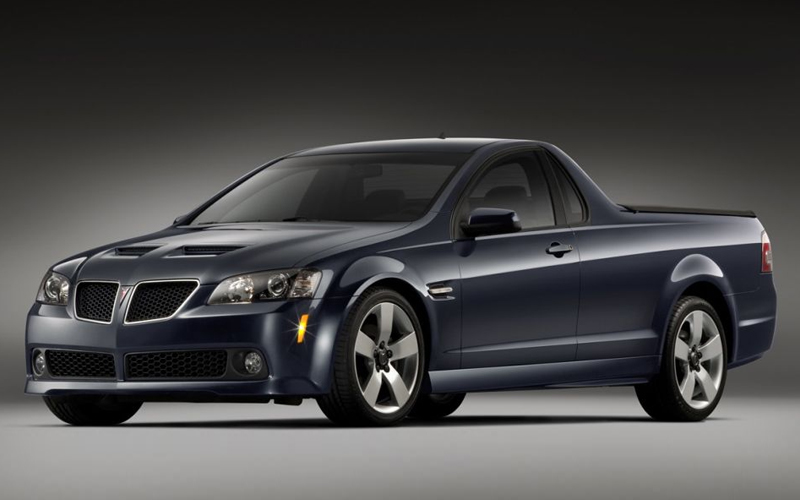
- Other similar concepts, including the 1989 XT-2 truck and 2010 Pontiac G8 ST have surfaced but have not been produced.
- The Chevrolet SSR is a distant relative, based on the TrailBlazer’s platform. However, it was discontinued in 2006.
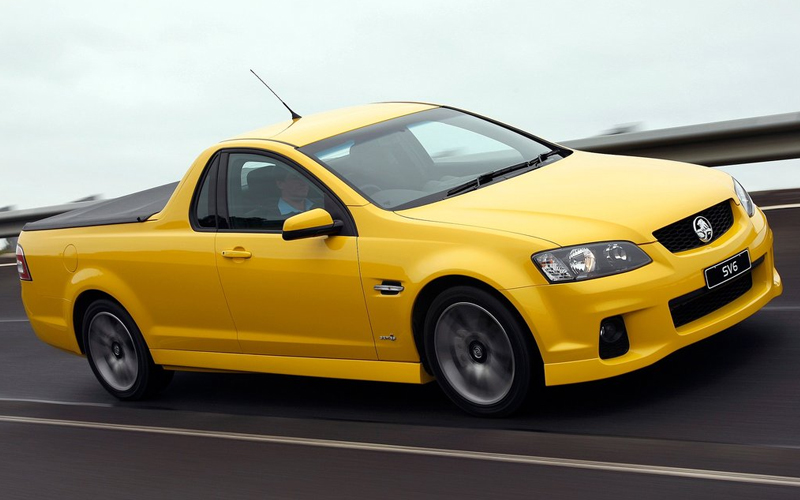
- The closest thing to a production “rebirth” of the El Camino was the Holden Ute. It was styled similarly to the Pontiac G8 found here in the states with a truck bed at the rear. There were murmurs of Pontiac bringing it to the states, but the aforementioned concept was all we got.
- You can get a US-based ute conversion of the Pontiac G8, but it’d be cheaper to find a used Chevrolet El Camino.
Chevrolet El Camino Fast Facts:
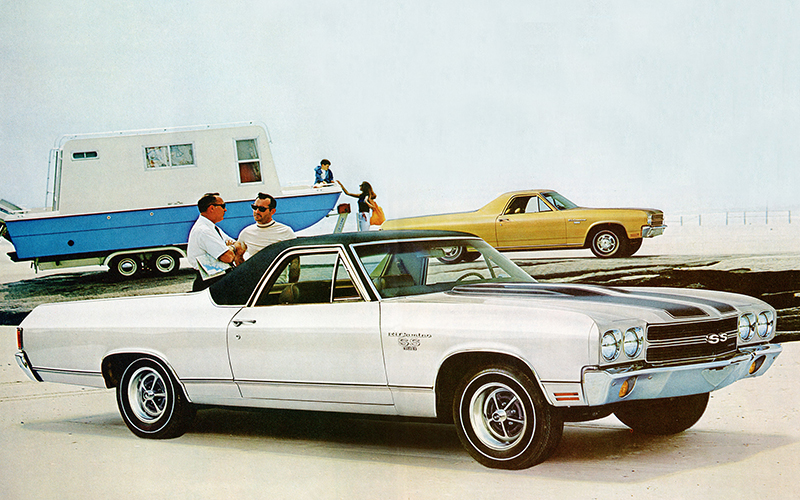
1970 El Camino SS advertisement – gm.com | Shop El Camino on Carsforsale.com
- Cadillac produced a concept in 1954 with the name El Camino.
- Because the El Camino and Chevelle had matching SS396 engines available in 1967, many 1967 El Camino owners have “cloned” the 1967 Chevelle SS396 badges and trim to create El Camino Super Sports (SS), although the factory El Camino SS was not introduced until the following year.
- 1968 is only year the SS was its own model, known as the SS-396. If the VIN doesn’t end in an 8, it’s a fake.
- Most El Camino parts are interchangeable with the Chevelle’s of each respective generation.
- To determine if a 1972 SS 454 El Camino is genuine, check to see if it has a “W” as the fifth character in the VIN.

- The main character of My Name is Earl, played by Jason Lee, drives a 1973 El Camino.
- El Camino is Spanish, and when translated means “The Path” or “The Road.”
- Kevin Costner drives a 1982 El Camino in the movie, The Bodyguard.
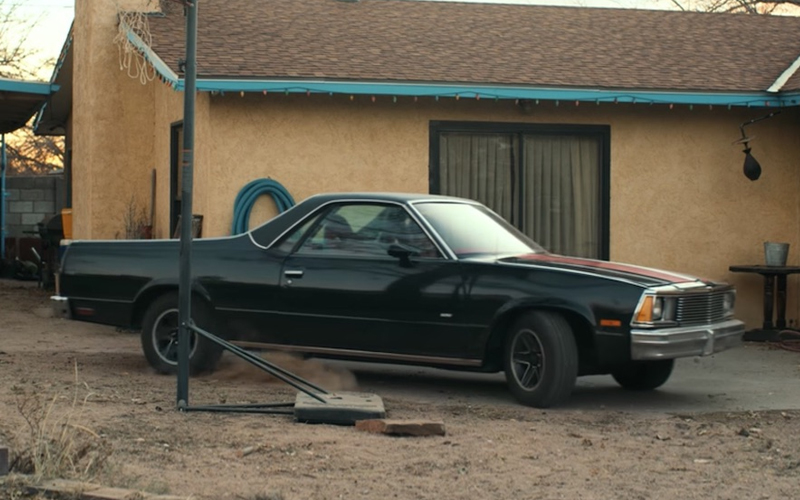
- A 1981 El Camino is found in the Breaking Bad series and was later featured as well as used in the naming of the follow up movie – El Camino: A Breaking Bad Movie.
- El Camino was the title for The Black Keys seventh album. However, a 1994 Plymouth Grand Voyager is used in the cover art.
- A heavily modified 1980 Chevrolet El Camino referred to as “The Elco” is featured on the Discovery Channel show Street Outlaws.



